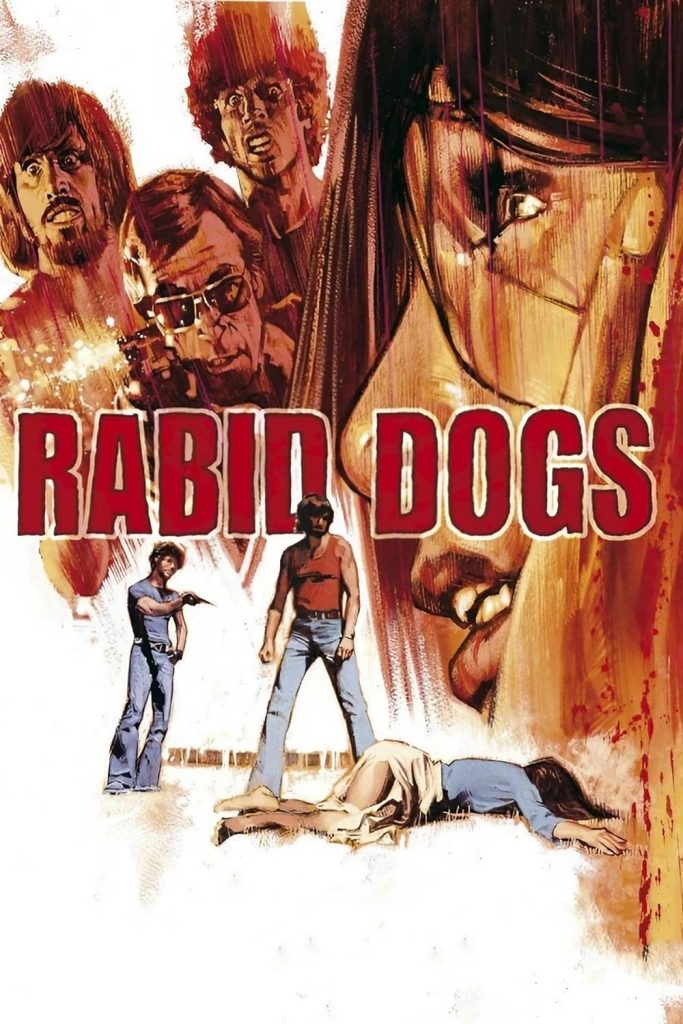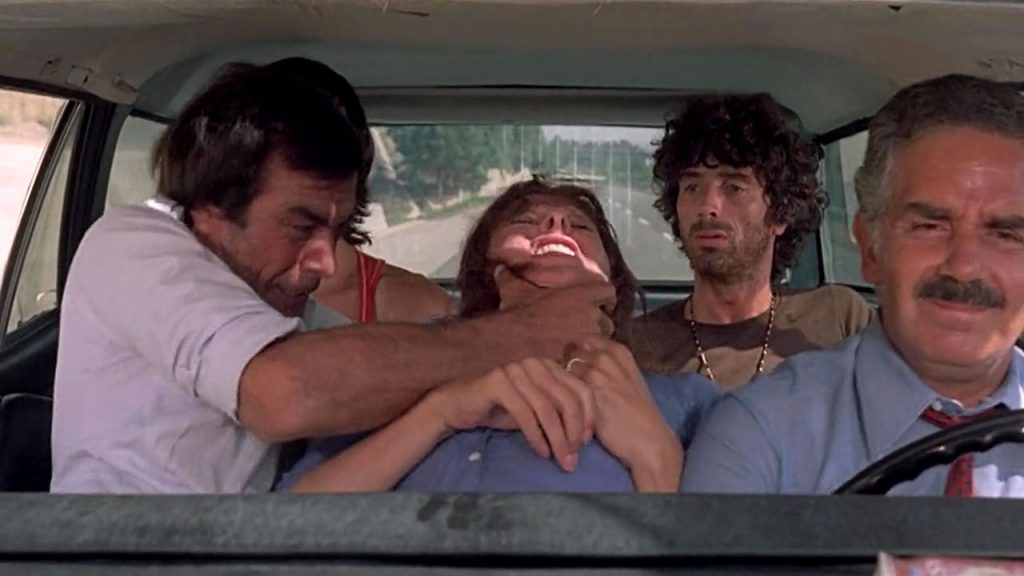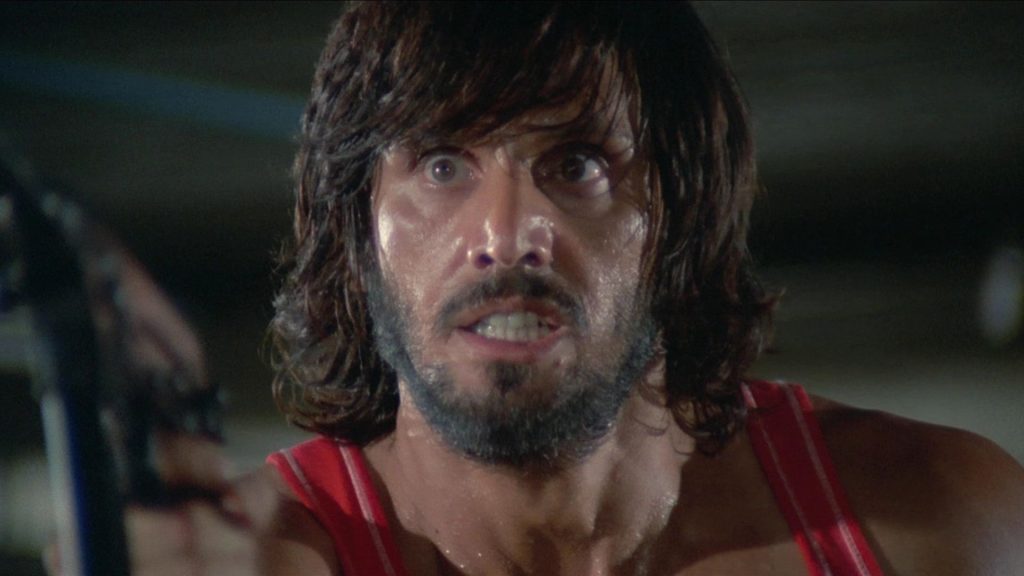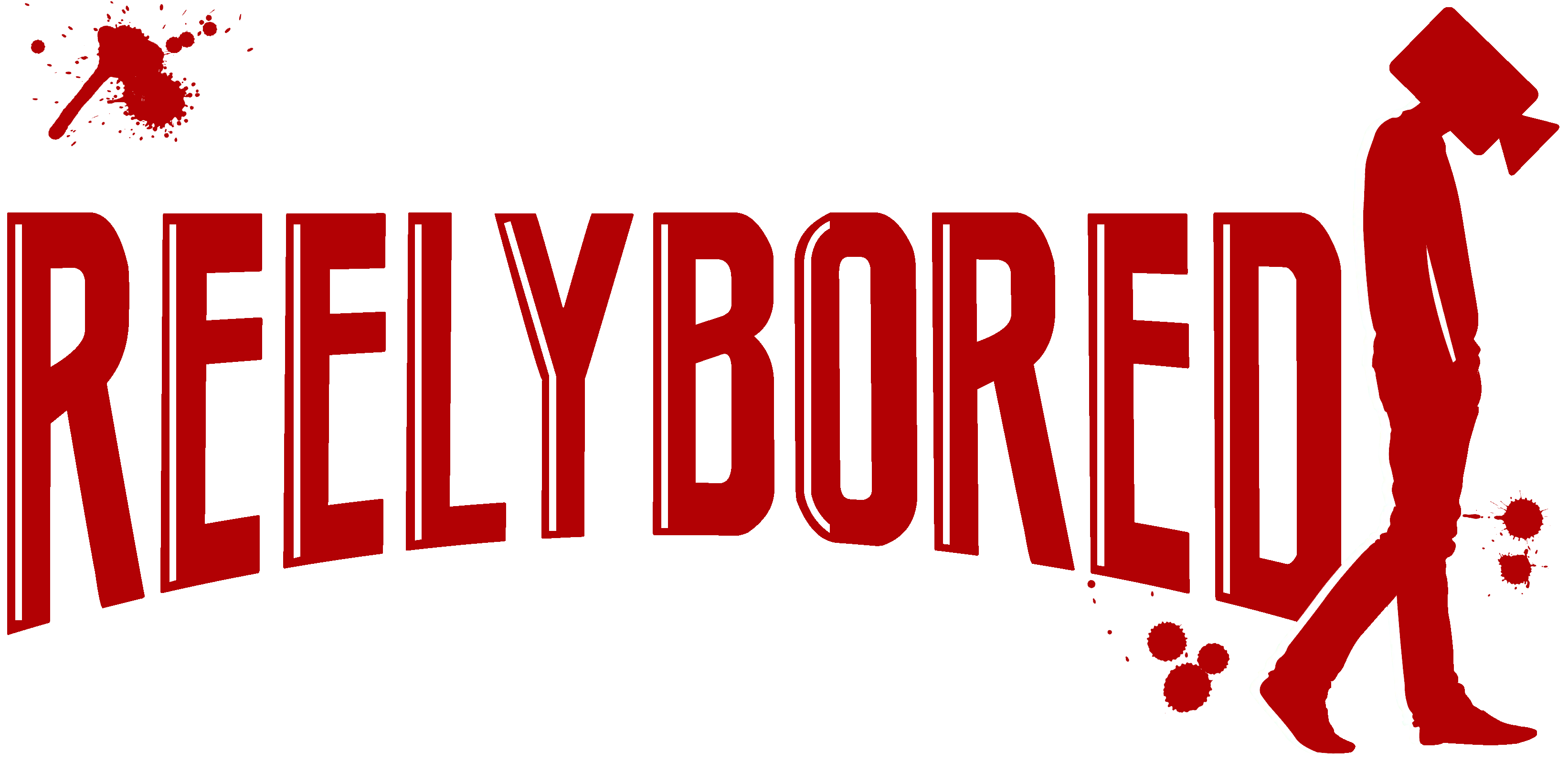
A gang of thieves hijack a man’s car after botching their getaway from a robbery. They take a woman prisoner and command the man to drive them to safety. The man must try to cope with the bad situation he is in as well as try to get help for a sick child that he is caring for.
Rabid Dogs Euro-Crime Film Review
Mario Bava is a name synonymous with giallo, thrillers, murder, and suspense. So, I was surprised to learn that Rabid Dogs, also known as Kidnapped, is a Euro-crime movie. While a key element of giallo films is the presence of crime, Rabid Dogs takes a different approach by focusing on a group of bandits who plan a heist to steal a company’s payroll. Things go awry during the brazen heist, leading to a daring yet sloppy escape from authorities with three hostages in tow —a woman, a man, and a sick child who were carjacked while waiting at a red light. This intense sequence unfolds in the film’s first fifteen minutes, setting a fast-paced tone that doesn’t let up until the film’s conclusion.

As the story progresses, the thieves become fugitives and kidnappers on the run from the law. Led by “Doc” (Maurice Poli), the delinquents navigate through various challenges, such as running out of gas, encountering manned toll booths, and facing unforeseen obstacles, including the two psychopaths “Blade” and “ThirtyTwo” in the backseat tormenting Maria (Lea Lander). Despite the change in pace from the film’s first fifteen minutes, Rabid Dogs maintains its tension as the group yearns to make a clean getaway.
Plagued by off-screen troubles when the producer went bankrupt the film was seized by the courts, and tied up in legalities, Rabid Dogs did not get an official release until 1997, twenty-three years after it was filmed and seventeen years after Mario Bava’s death. Since then, there have been a few cuts of the film, including Kidnapped, helmed by producer Alfredo Leone and Mario’s son Lamberto Bava which includes additional scenes shot and a different soundtracked, still composed by Stelvio Cipriani. Rabid Dogs, however, is said to be the original intended cut and vision of director Mario Bava.

Although distinct in tone and plot, Rabid Dogs brought to mind Dominic Sena’s 1993 film Kalifornia, where unsuspecting travelers share a ride with a psychopath and his naive girlfriend. However, Rabid Dogs lacks the cloak-and-dagger elements present in Kalifornia, as the bandits make their dangerous intentions and motives clear from the start.
The performances of Maurice Poli as “Doc”, Aldo Caponi/Don Backy as “Blade”, and Luigi Montefiori/George Eastman as “ThirtyTwo” are compelling, keeping viewers on edge with their erratic and asinine behavior. Mario Bava’s direction skillfully immerses audiences in a tense and realistic experience, reminiscent of other unsettling films like The Last House on the Left (1972), The Hills Have Eyes (1977), I Spit on Your Grave (1978), and Ms. 45 (1981), all of which present scenes that can be uncomfortable for an audience to sit through.

Rabid Dogs diverges from Bava’s typical genres of horror, gothic, giallo, and science fiction, opting for a crime movie with a limited setting inside a vehicle. Despite the confined space in the sweltering heat, adding another layer of discomfort for viewers, the film avoids feeling claustrophobic. With its surprises, tension, and unease throughout, Rabid Dogs stands out as one of Bava’s best and often overlooked works, leaving a lasting impression on his remarkable career as a director.
